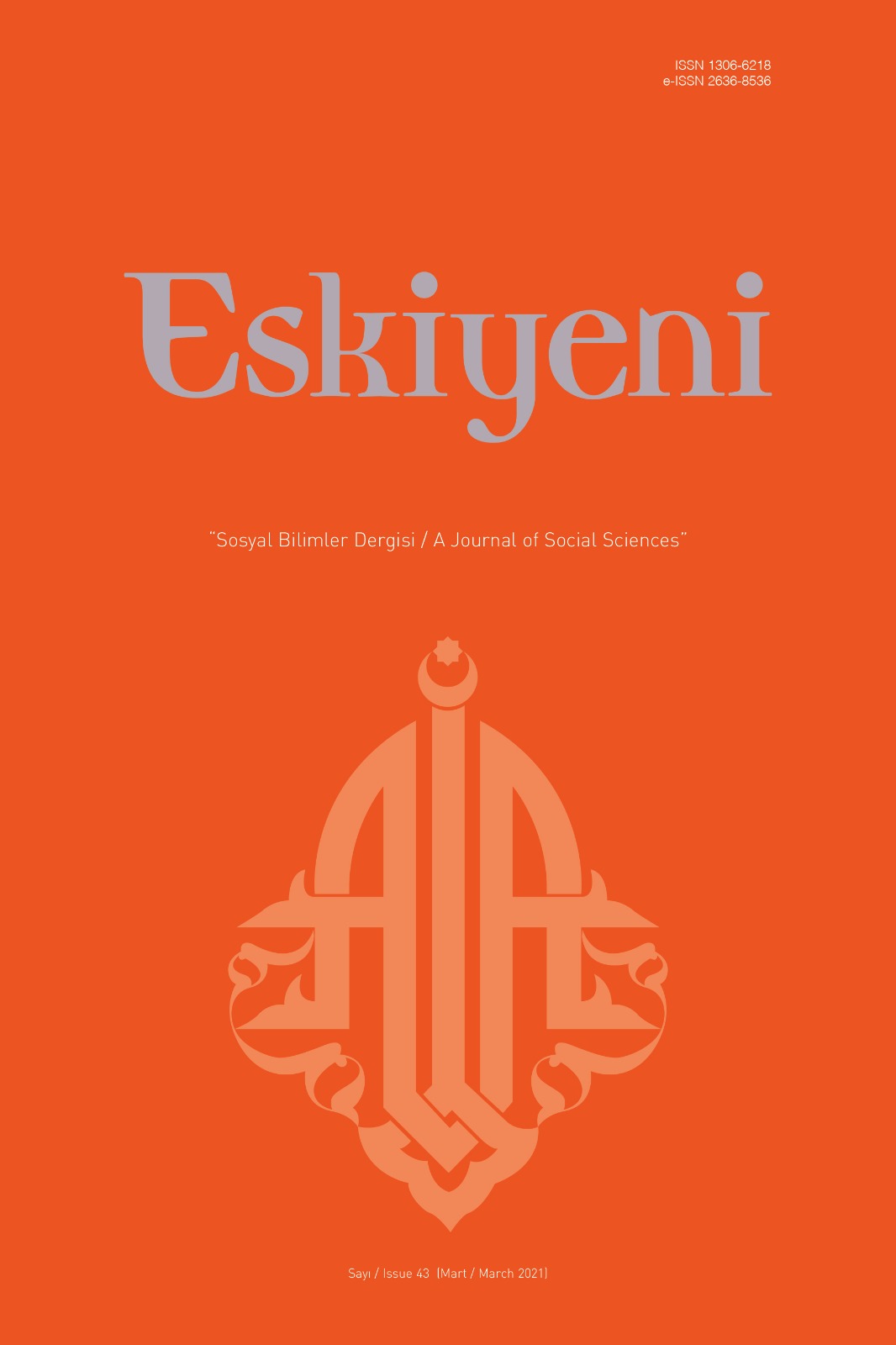Memlük Sultanı Berkuk Döneminde Mezâlim Davaları
Maẓālim Court Cases During The Reign Of Mamluk Sultan Barquq
Author(s): M. Fatih YalçınSubject(s): Theology and Religion, Islam studies
Published by: Anadolu İlahiyat Akademisi
Keywords: Islamic History; Mamluks; Barquq; Maẓālim; Cases;
Summary/Abstract: The purpose of this article is to present the issues about which people applied to the maẓālim court, the problems that occured between statesmen and people, and the sentences imposed by the court in the Barquq period. The fact that Mamluks, who inherited the Ayyubid state tradition, were advanced in historiography enables the study of maẓālim court cases, even though we do not have the court records. The increase in records about maẓālim courts especially during the reigns of relatively more powerful Mamluk sultans is noteworthy. One example of this is Sultan Barquq, who is regarded as the sultan who ended the Bahri Mamluk period and ushered in the Burji Mamluk period. Sultan Barquq, like his predecessors, had been very interested in the maẓālim courts and instituted two important changes. The first of these was to change the building in which the court sessions were held. Barquq, who ascended to the throne in 784 (1382), presided over the court until 789 (1387) in the daruladl building that was used since the Muhammad b. Qalawun period, but later the court started convening in al-Istabl al-Sultani. Sources do not tell anything about why this change was made. However, there are commentaries about how this change put pressure on statesmen. This change in location made it easier for the people to bring their cases to the court. One can think that the sultan instituted this to keep statesmen under his control and to dominate them. However, one can only find one court case against a high ranking emir close to the palace and that one amir was acquitted after trial. Amirs who were tried in maẓālim in this period were usually from districts outside of Cairo and lower ranking. However, the situation is different when it comes to the scholarly class. First, among the scholars against whom there was a maẓālim court case, all but one had a position. A huge chunk were in positions of high religious and legal authority like Shafi’i Chief Justice of Damascus, Maliki Deputy Chief Justice of Cairo, Maliki Chief Justice of Alexandria, Chief Sheikh of Siryakus, and Chief Sheikh of Qawsoon, and so on. When one also considers the fact that these people lost their positions as a result of these trials, the idea that this change in location was a move against the scholarly class gains weight. However, another issue that comes to mind is that high ranking amirs may have managed to improve their relations with the people, which may have made them less affected by the change. Also, the fact that cases against the scholarly class involved investigations as to whether they had been collaborating with the amirs makes one think that the military class was kept in check through this process. The second adjustment that Barquq did to the maẓālim courts was the change to the session days. During his sixteen year reign, Barquq changed the court days three times. Since its inception, the Mamluks traditionally held their maẓālim court sessions on Mondays and Thursdays. Barquq changed this to Sundays and Wednesdays. The exact date of this first change is not known. Later, from 797 (1395) onwards, the court began convening on Tuesdays and Saturdays. Historians say that the sultan did this change because he spared Sunday and Wednesdays to entertainment with the amirs. According to them, the sultan did this change to spend the day after the court day with entertainment with the amirs. However, this explanation does not seem very plausible. The third change was to add sessions on Friday afternoon as a supplement to Tuesday and Saturday. This change coincides with the last year of the sultan’s reign. The sultan probably increased the number of days of the maẓālim courts in order to improve his relationship with the people. Of the twenty-two cases found in the Barquq period, ten were against scholars and nine against members of the military class. The remaining three were against converts of Christian origin. Sources rarely mention the names of the plaintiffs. Instead, generic expressions like, a group of farmers, a sufi group, a merchant, a woman, a Christian, and so on are used. This is important in showing that most plaintiffs were from among the ordinary people and the maẓālim court of the Barquq period had a close relationship with the people.
Journal: Eskiyeni
- Issue Year: 2021
- Issue No: 43
- Page Range: 289-314
- Page Count: 26
- Language: Turkish

